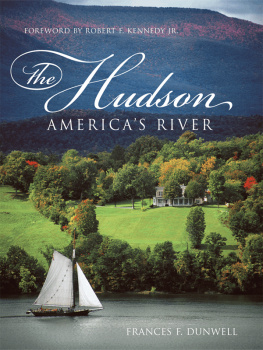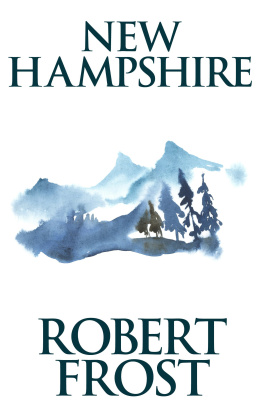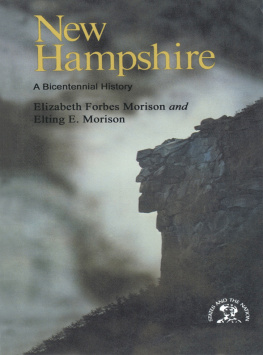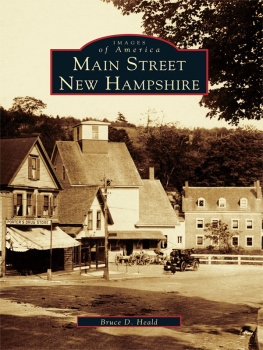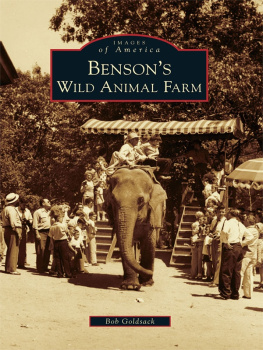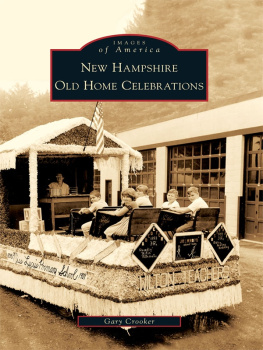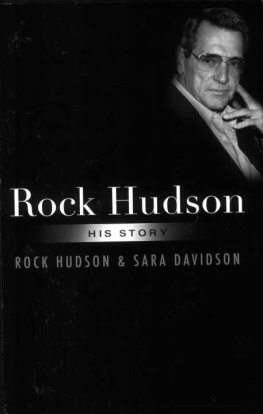CHAPTER I
Table of Contents
Autumn in the New ForestRed colour in mammalsNovember mildnessA house by the BoldreAn ideal spot for small birdsAbundance of nestsSmall mammals and the weasel's partVoles and miceHornet and bank-voleYoung shrewsA squirrel's visitGreen woodpecker's drumming-treeDrumming of other speciesBeauty of great spotted woodpeckerThe cuckoo controversyA cuckoo in a robin's nestBehaviour of the cuckooExtreme irritabilityManner of ejecting eggs and birds from the nestLoss of irritabilityInsensibility of the parent robinsDiscourse on mistaken kindness, pain and death in nature, the annual destruction of bird life, and the young cuckoo's instinct.
Here, by chance, in the early days of December 1902, at the very spot where my book begins, I am about to bring it to an end.
A few days ago, coming hither from the higher country at Silchester, where the trees were already nearly bare, I was surprised to find the oak woods of this lower southern part of the New Forest still in their full autumnal foliage. Even now, so late in the year, after many successive days and nights of rain and wind, they are in leaf still: everywhere the woods are yellow, here where the oak predominates; the stronger golden-red and russet tints of the beech are vanished. We have rain and wind on most days, or rather mist and rain by day and wind with storms of rain by night; days, too, or parts of days, when it is very dark and still, and when there is a universal greyness in earth and sky. At such times, seen against the distant slaty darkness or in the blue-grey misty atmosphere, the yellow woods look almost more beautiful than in fine weather.
The wet woodland roads and paths are everywhere strewn, and in places buried deep in fallen leavesyellow, red, and russet; and this colour is continued under the trees all through the woods, where the dead bracken has now taken that deep tint which it will keep so long as there is rain or mist to wet it for the next four or five months. Dead bracken with dead leaves on a reddish soil; and where the woods are fir, the ground is carpeted with lately-fallen needles of a chestnut red, which brightens almost to orange in the rain. Now, at this season, in this universal redness of the earth where trees and bracken grow, we see that Nature is justified in having given that colourred and reddish-yellowto all or to most of her woodland mammals. Fox and foumart and weasel and stoat; the hare too; the bright squirrel; the dormouse and harvest-mouse; the bank-vole and the wood-mouse. Even the common shrew and lesser shrew, though they rarely come out by day, have a reddish tinge on their fur. Water-shrew and water-vole inhabit the banks of streams, and are safer without such a colour; the dark grey badger is strictly a night rover.
Autumn in the New Forest
Sometimes about noon the clouds grow thin in that part of the sky, low down, where the sun is, and a pale gleam of sunlight filters through; even a patch of lucid blue sky sometimes becomes visible for a while: but the light soon fades; after mid-day the dimness increases, and before long one begins to think that evening has come. Withal it is singularly mild. One could almost imagine in this season of mist and wet and soft airs in late November that this is a land where days grew short and dark indeed, but where winter comes not, and the sensation of cold is unknown. It is pleasant to be out of doors in such weather, to stand in the coloured woods listening to that autumn sound of tits and other little birds wandering through the high trees in straggling parties, talking and calling to one another in their small sharp voices. Or to walk by the Boldre, or, as some call it, the Lymington, a slow, tame stream in summer, invisible till you are close to it; but now, in flood, the trees that grow on its banks and hid it in summer are seen standing deep in a broad, rushing, noisy river.
The woodpecker's laugh has the same careless happy sound as in summer: it is scarcely light in the morning before the small wren pours out his sharp bright lyric outside my window; it is time, he tells me, to light my candle and get up. The starlings are about the house all day long, vocal even in the rain, carrying on their perpetual starling conversationtalk and song and recitative; a sort of bird-Yiddish, with fluty fragments of melody stolen from the blackbird, and whistle and click and the music of the triangle thrown in to give variety. So mild is it that in the blackness of night I sometimes wander into the forest paths and by furzy heaths and hedges to listen for the delicate shrill music of our late chirper in the thickets, our Thamnotrizon, about which I shall write later; and look, too, for a late glow-worm shining in some wet green place. Late in October I found one in daylight, creeping about in the grass on Selborne Hill; and some few, left unmarried, may shine much later. And as to the shade-loving grasshopper or leaf cricket, he sings, we know, on mild evenings in November. But I saw no green lamp in the herbage, and I heard only that nightly music of the tawny owl, fluting and hallooing far and near, bird answering bird in the oak woods all along the swollen stream from Brockenhurst to Boldre.
This race of wood owls perhaps have exceptionally strong voices: Wise, in his book on the New Forest, says that their hooting can be heard on a still autumn evening a distance of two miles. I have no doubt they can be heard a good mile.
A house by the Boldre
But it is of this, to a bird lover, delectable spot in the best bird-months of April, May, and June that I have to write. The house, too, that gave me shelter must be spoken of; for never have I known any human habitation, in a land where people are discovered dwelling in so many secret, green, out-of-the-world places, which had so much of nature in and about it. Grown-up and young people were in it, and children too, but they were girls, and had always quite spontaneously practised what I had preachedpet nothing and persecute nothing. There was no boy to disturb the wild creatures with his hunting instincts and loud noises; no dog, no cat, nor any domestic creature except the placid cows and fowls which supplied the household with milk and eggs. A small old picturesque red-brick house with high-pitched roof and tall chimneys, a great part of it overrun with ivy and creepers, the walls and tiled roof stained by time and many-coloured lichen to a richly variegated greyish red. The date of the house, cut in a stone tablet in one of the rooms, was 1692. In front there was no lawn, but a walled plot of ground with old, once ornamental trees and bushes symmetrically placedyews, both spreading and cypress-shaped Irish yew, and tall tapering juniper, and arbor vit; it was a sort of formal garden which had long thrown off its formality. In a corner of the ground by the side of these dark plants were laurel, syringa, and lilac bushes, and among these such wildings as thorn, elder and bramble had grown up, flourishing greatly, and making of that flowery spot a tangled thicket. At the side of the house there was another plot of ground, grass-grown, which had once been the orchard, and still had a few ancient apple and pear trees, nearly past bearing, with good nesting-holes for the tits and starlings in their decayed mossy trunks. There were also a few old ivied shade-treeschestnuts, fir, and evergreen oak.










